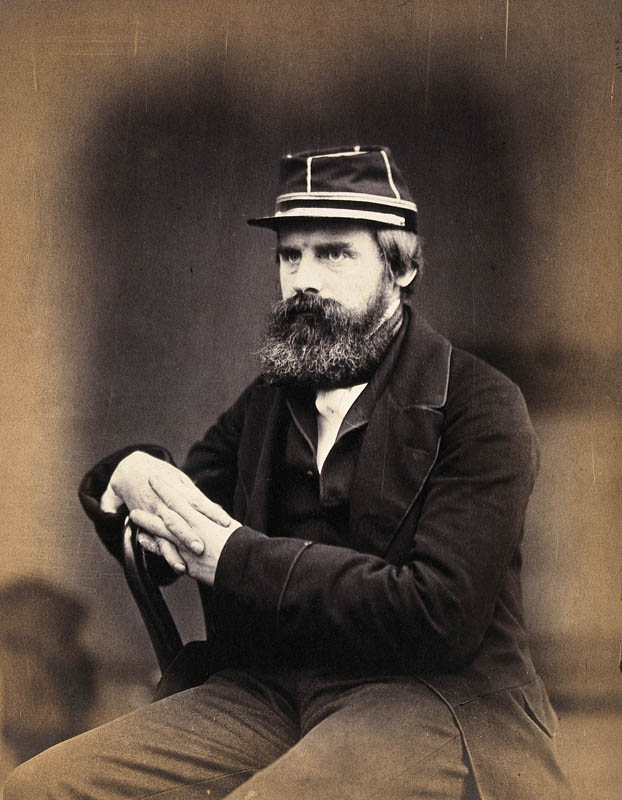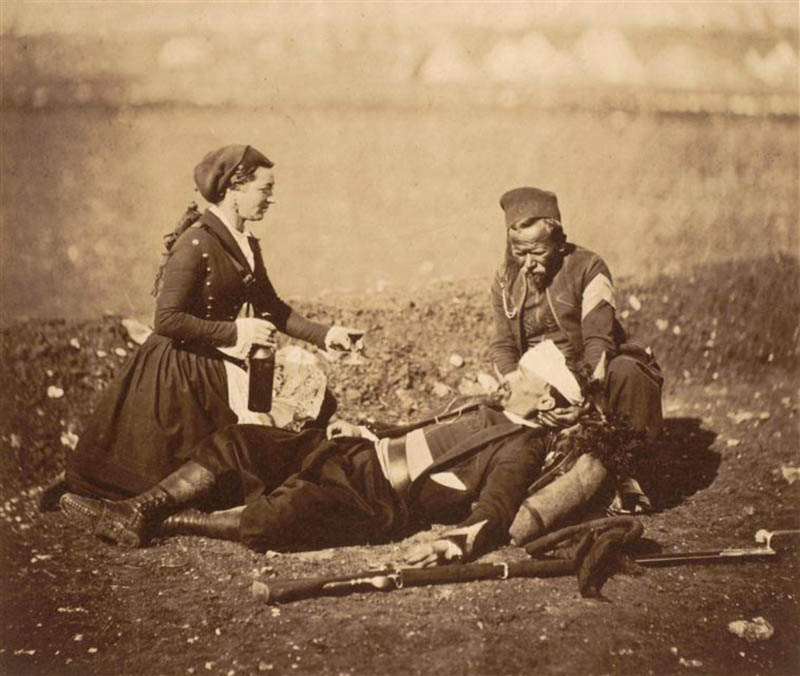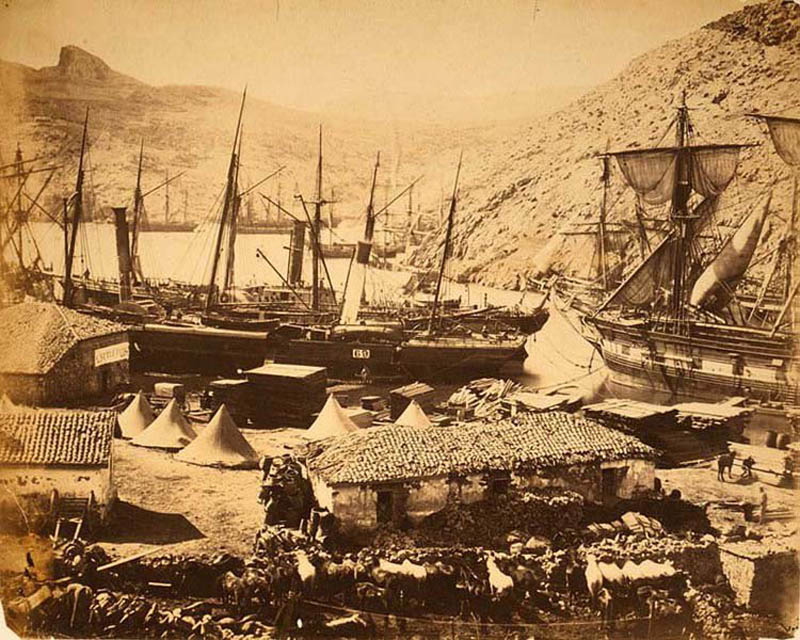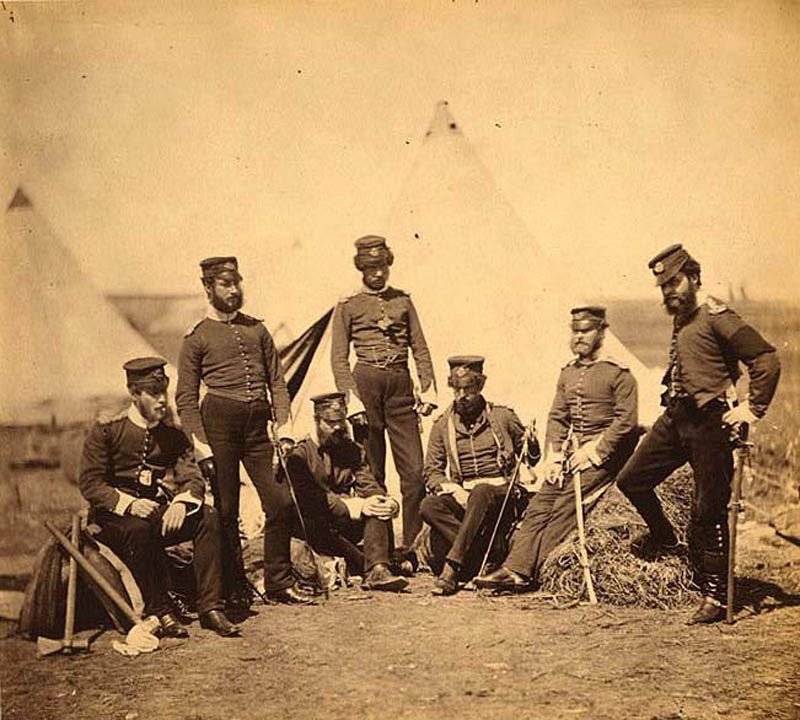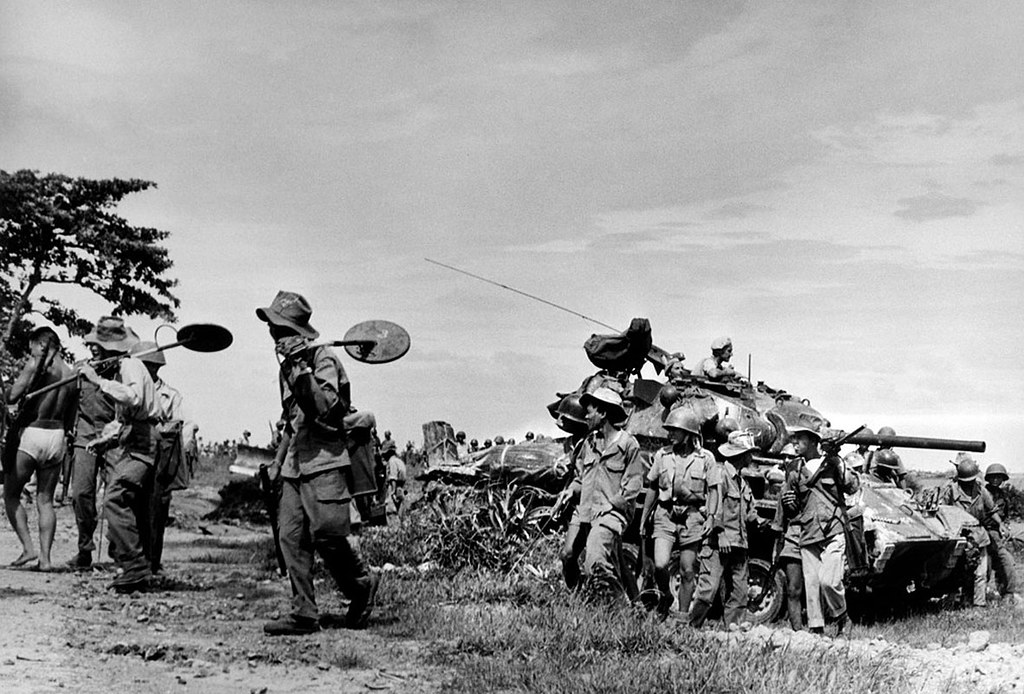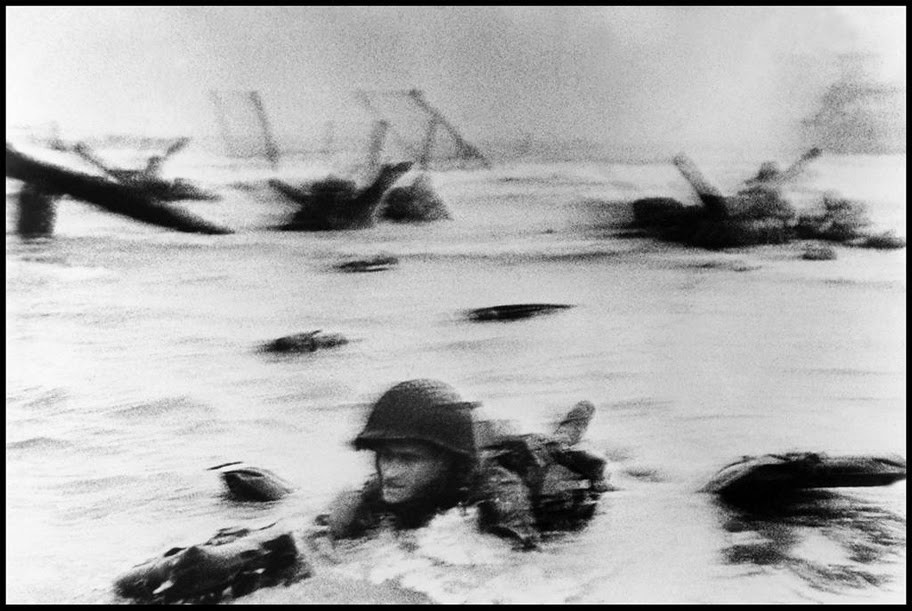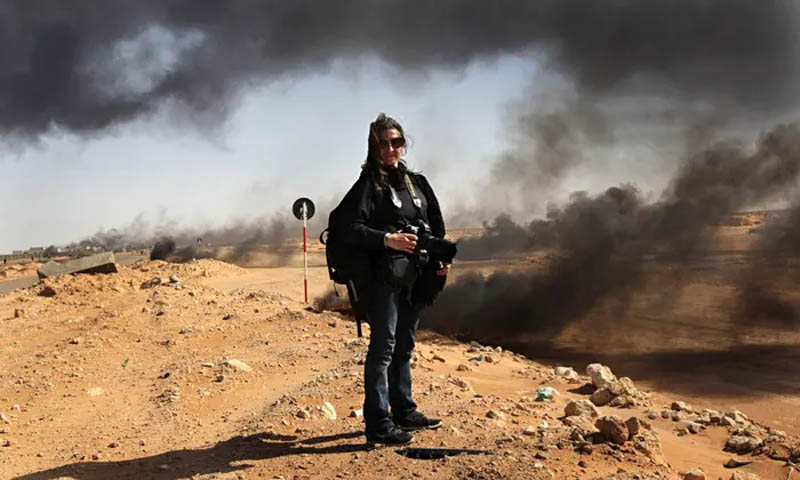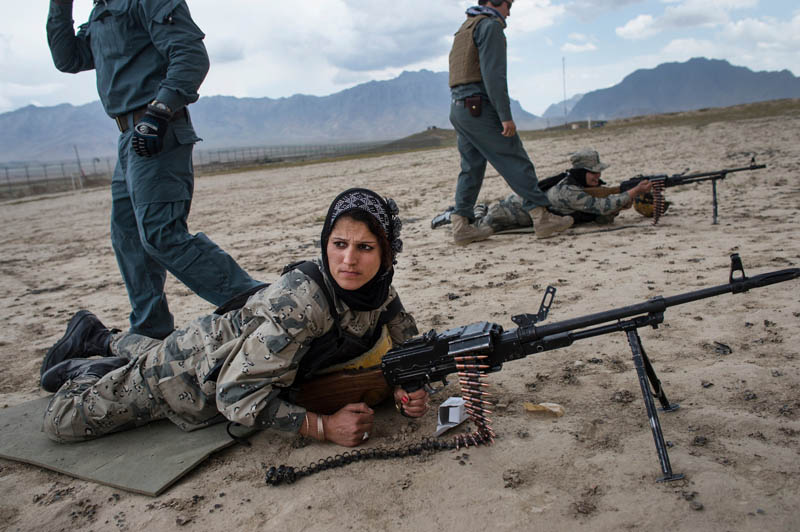War photography is a powerful and significant genre of photography that captures the realities of armed conflict. It has a long history of documenting wars, bringing the harsh truths of battlefields and the impacts of war on soldiers and civilians to the public eye. Here’s a detailed look at war photography, its history, importance, and the challenges faced by war photographers.
What is War Photography?
War photography involves taking pictures in war zones to document the events, emotions, and consequences of conflicts. These images can show everything from the intensity of battles to the suffering of affected civilians. War photographers often work in dangerous and challenging conditions to capture these moments.
The History of War Photography
Early Beginnings:
- The Crimean War (1853-1856) marked one of the earliest uses of photography in war. Roger Fenton is considered one of the first war photographers, capturing images of the Crimean War.
American Civil War:
- During the American Civil War (1861-1865), photographers like Mathew Brady and Alexander Gardner documented the conflict extensively, bringing vivid images of battlefields to the public.
World Wars:

- World War I and World War II saw significant advancements in war photography. Photographers like Robert Capa became famous for their daring and impactful images. Capa’s photos from the D-Day landings are particularly well-known.
Modern Conflicts:
- In recent times, conflicts like the Vietnam War, Gulf War, Iraq War, and the ongoing conflicts in the Middle East have been extensively covered by war photographers. The Vietnam War, in particular, was one of the first wars to be televised, bringing graphic images to households around the world.
Importance of War Photography

Documentation:
- War photography provides a historical record of conflicts, capturing moments that text alone cannot convey. These images serve as important documents for future generations to understand the realities of war.

Raising Awareness:
- Photographs of war can bring attention to the horrors of conflict, influencing public opinion and policy. They highlight the human cost of war and can mobilize humanitarian efforts.

Humanizing the Conflict:
- By capturing the faces and emotions of those involved, war photography humanizes the often impersonal news of conflicts. It reminds viewers that behind every statistic, there are real people affected.

Advocacy and Change:
- Powerful war images can lead to social and political change. For instance, photos from the Vietnam War helped fuel anti-war movements and influenced public opinion against the conflict.

Challenges Faced by War Photographers

Physical Danger:
- War zones are incredibly dangerous, with photographers risking their lives amidst bullets, bombs, and hazardous environments.

Emotional Toll:
- Witnessing and documenting the brutality and suffering of war can have a profound psychological impact on photographers. Many suffer from post-traumatic stress disorder (PTSD).

Ethical Dilemmas:

- War photographers often face difficult ethical decisions. They must balance the need to document and inform with respect for the dignity and privacy of those they photograph.

Access and Censorship:
- Gaining access to war zones can be challenging due to military restrictions and government censorship. Photographers must navigate these obstacles to report the truth.

Notable War Photographers
Robert Capa:
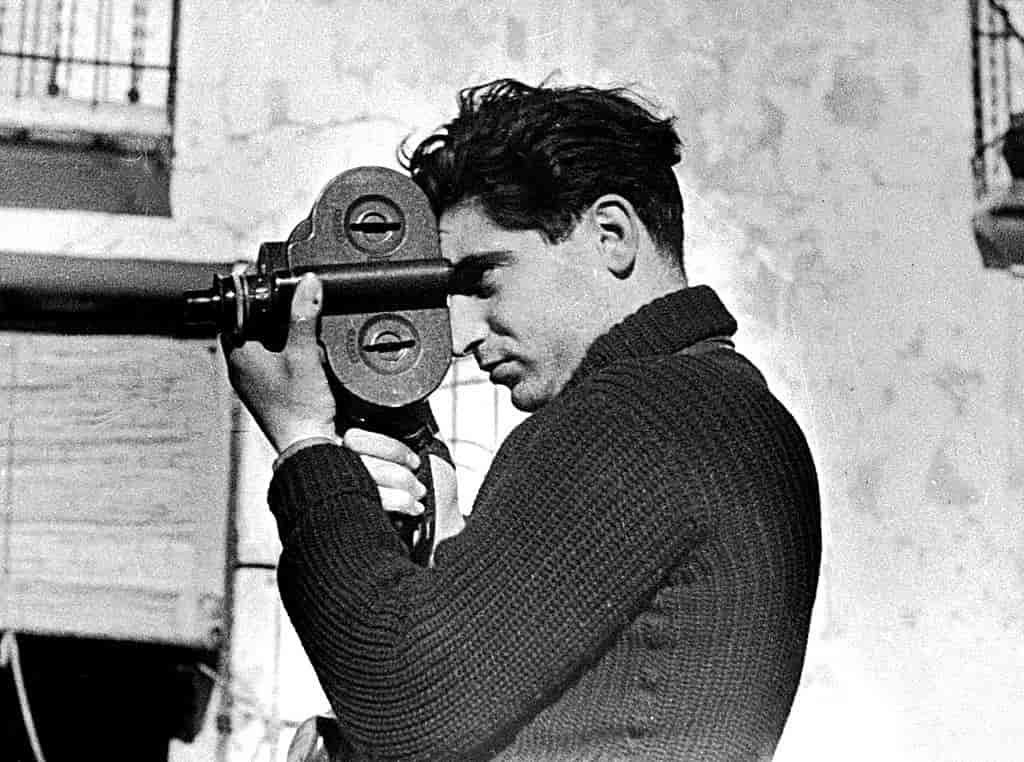
- Known for his coverage of five different wars, including the Spanish Civil War and World War II. His famous quote, “If your pictures aren’t good enough, you’re not close enough,” reflects his commitment to getting impactful shots.
James Nachtwey:
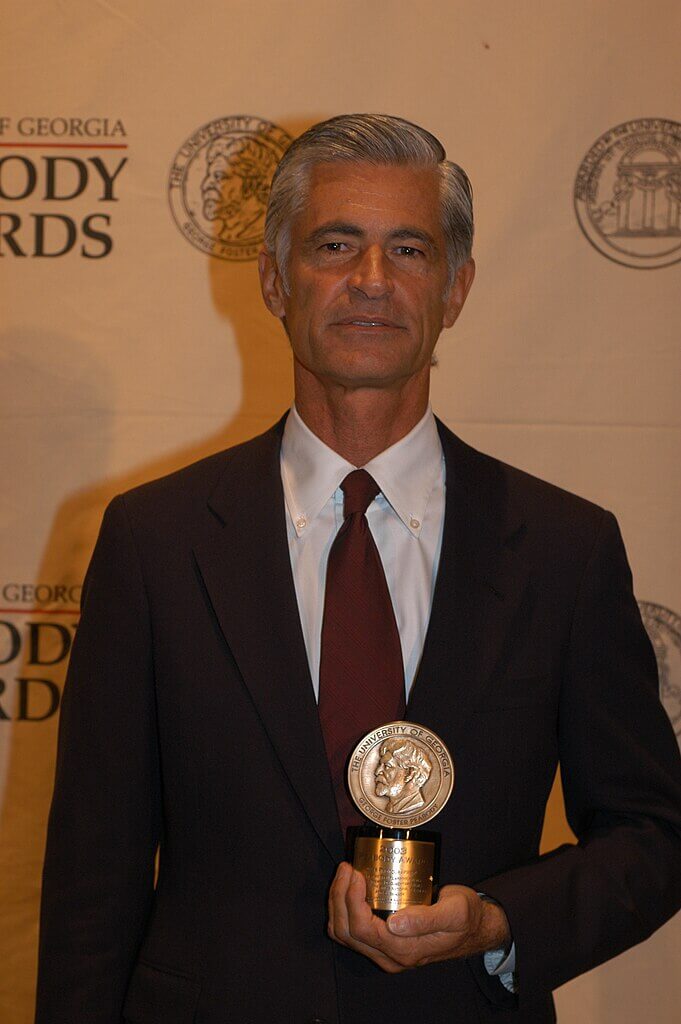
- A contemporary war photographer who has documented conflicts in Rwanda, Bosnia, and Afghanistan. Nachtwey’s work is renowned for its emotional depth and power.
Lynsey Addario:
- An award-winning photojournalist who has covered conflicts in Afghanistan, Iraq, and Darfur. Her work often focuses on the effects of war on women and children.















Conclusion
War photography is a vital and challenging field that plays a crucial role in documenting and understanding conflicts. Despite the risks and ethical dilemmas, war photographers continue to capture the raw and often heartbreaking realities of war. Their work not only informs and educates but also serves as a powerful tool for advocacy and change. Through their lenses, we see the true impact of war, reminding us of the importance of striving for peace.

